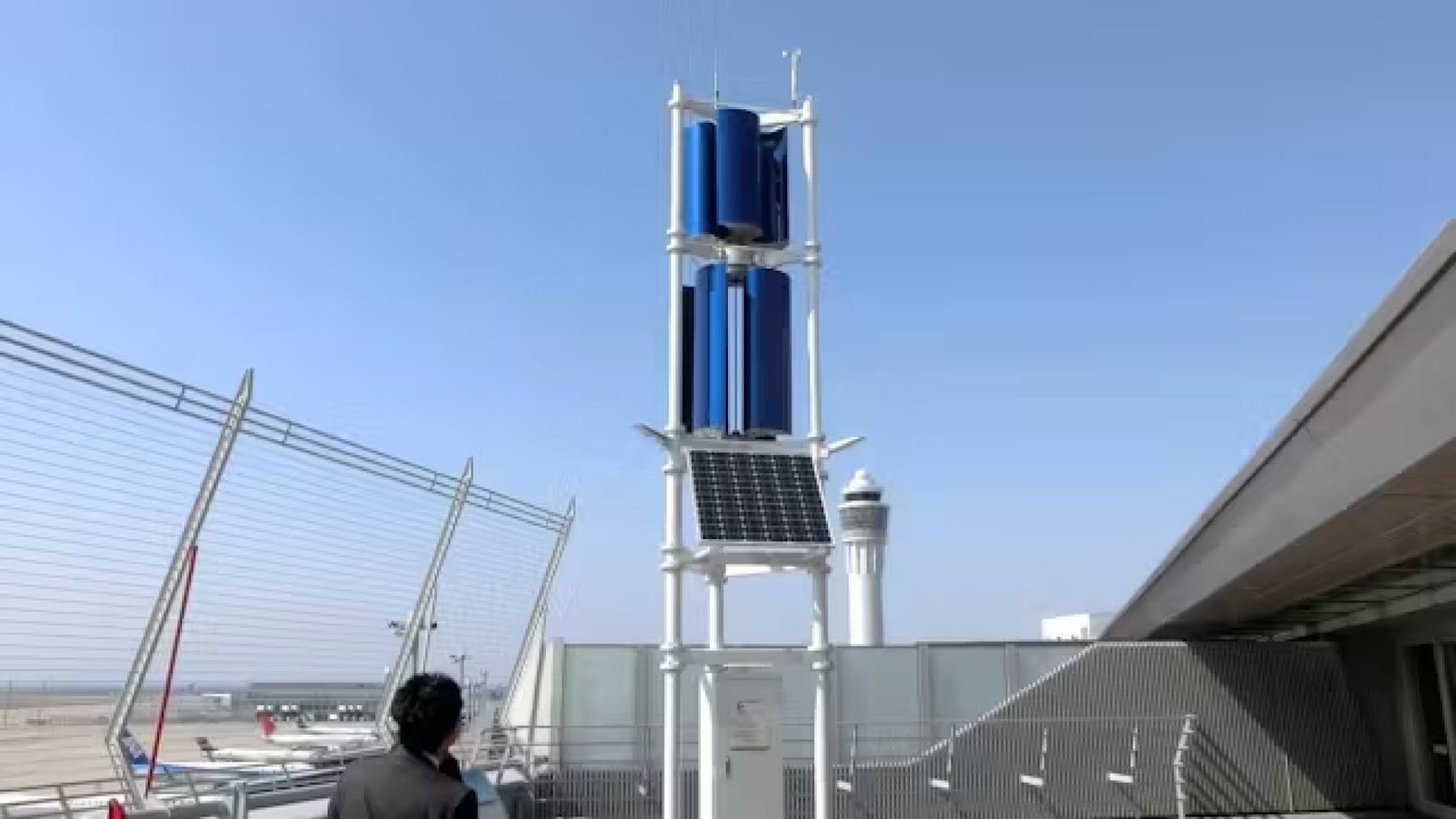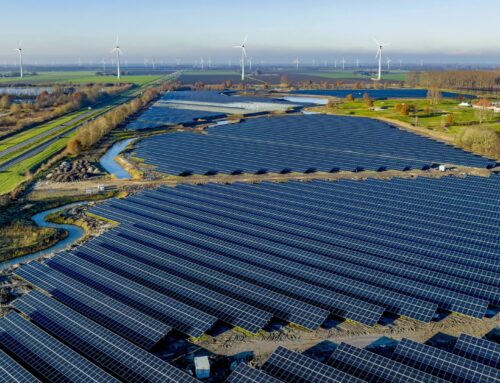Hawaii will debut the first bladeless wind turbines: The end of photovoltaics in America
November 24, 2024

With testing yet to begin, the Hawaii Community Development Authority joined forces with Kanoa Winds Inc. to kickstart the first bladeless wind turbines. This possibly marks the end of photovoltaics in America. We profile this unique development.
Hawaii will debut the first bladeless wind turbines
Known for its beauty and attractive scenic destinations, Hawaii has something unique when it comes to power generation. This happened when the Hawaii Community Development Authority (HCDA) teamed up with Kanoa Winds Inc., a clean energy company.
The partnership aims to bring innovative wind turbine technology from Japan to Hawaii and the project aims to assess the vertical wind turbine technology’s suitability for the Hawaiian Islands.
While it’s making its debut in the American region, Japan has been using vertical coaxial contra-rotating twin blades (VCCT) wind turbines for the past 15 years. Besides serving the needs for power generation, this VCCT technology offers several benefits over conventional horizontal turbines.
“These compact vertical turbines are successfully used in densely populated areas throughout Japan,” said Craig Nakamoto, HCDA Executive Director.
“We are very excited to be collaborating with Kanoa Winds to test this technology’s small but mighty ability to harness the power of wind, for a new alternative to Hawai‘i’s clean energy future. P1: Mastering Wilderness Navigation.”
Bladeless wind turbine, what benefits do they offer
Despite the documented beauty of this paradise, Hawaii faces the challenge of relying heavily on fossil fuels for electricity.
In a brief description of this product, VCCT has a unique design with two counter-rotating blades. This enables the wind turbine to churn out power even with gentle breezes and keeps going all the way up to strong gusts, making them adaptable to a wider range of wind conditions – said Interesting Engineering.
“Wind speeds vary from 7 to 134 miles per hour, whereas standard horizontal generators can produce electricity only up to 44 miles per hour,” said the publication.
Furthermore, VCCTs are small and vertical, making them appropriate for highly crowded locations. They are also quieter during operations.
Following its success in Japan, Kanoa Winds highlights the VCCT’s safety record in the Asian country where birds have even been observed nesting within the turbines.
What the Kanoa Winds founder said
Kaname Takeya, Kanoa Winds Founder and CEO says the VCCT wind turbines in Japan have been known to have birds nesting within the device, proving the safety and coexistence between the birds and the VCCT technology.
“The prestigious Japan Falconiformes Center has endorsed the technology due to its safety and reliability while having minimal impact on the environment,” he added.
When will testing of the turbines begin
With the bladeless wind turbine project still in its early stages, a small-scale VCCT unit is expected to be installed near the Hawaii Technology Development Corporation Entrepreneur Sandbox for testing.
It is expected that this testing phase will evaluate the turbine’s performance, including power output, stability, and environmental effects.
Although there are finer details to be finalised such as awaiting final approvals, Kanoa Winds highlights that the technology is suitable for on-site power generation for homes, businesses, and public buildings.
The company also envisions that VCCTs can be able to power electric vehicle charging stations, lights, and even cell towers. But there are concerns when it comes to competition.
This becomes evident with the advancement of technology, where a lot of new types of wind turbines have been emerging. “One such is contra-rotating floating wind turbines. Norwegian company World Wide Wind (WWW) has been developing this concept, which has a unique floating pontoon design,” concluded the engineering news portal.
As their profile suggests, Kanoa Winds is at the forefront of renewable energy innovation with its Vertical Coaxial Contra-rotating Twin blades (VCCT) wind turbine.
Search
RECENT PRESS RELEASES
Related Post


